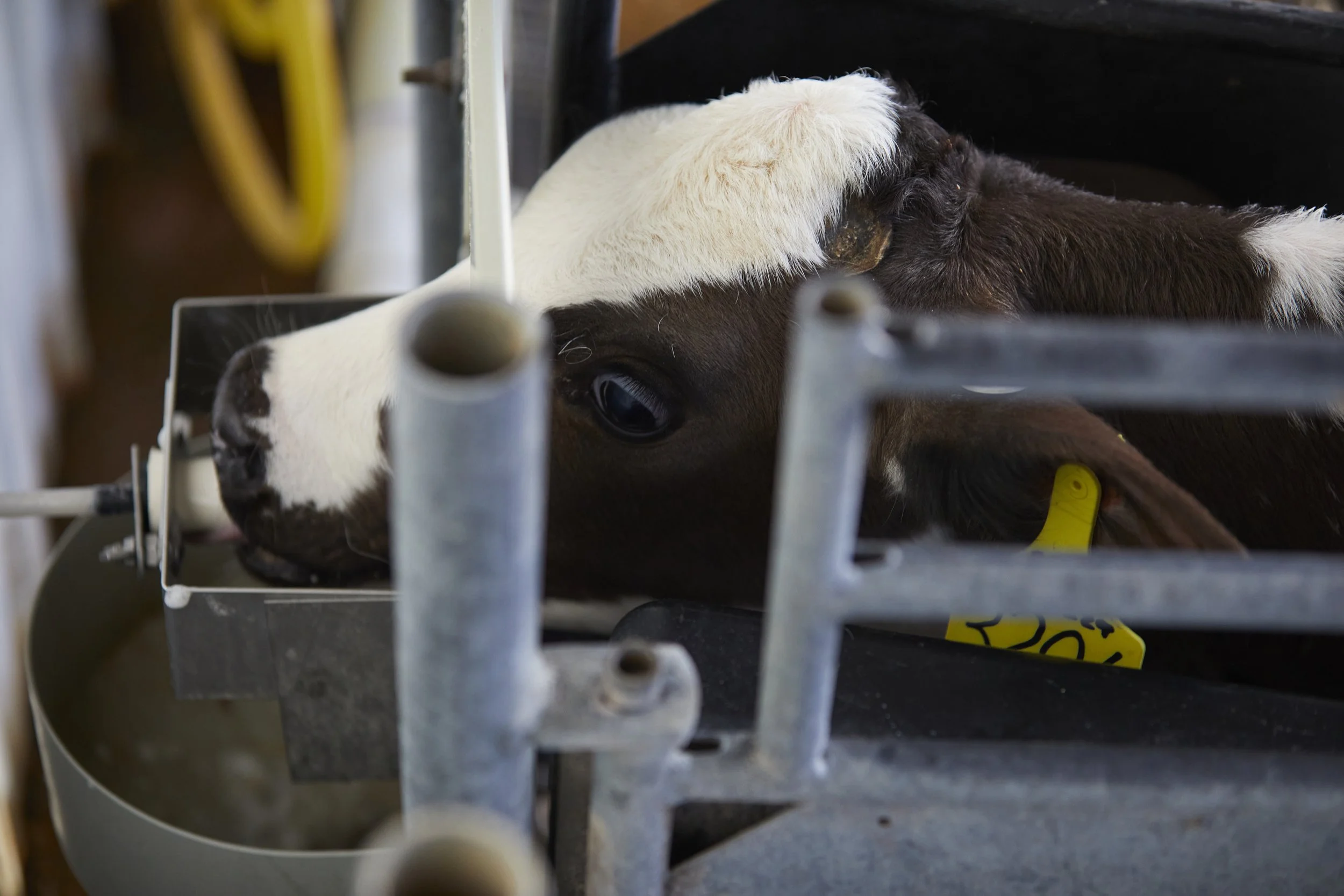Buckets or Bottles – The Pros and Cons of Both
The choice of vessel to deliver milk to preweaned calves is an individual decision for every operation. There are dairies and custom calf raisers that achieve excellent results using either buckets or bottles to feed their calves.
Tradition often dictates the way calves are raised by individual enterprises. But it’s also helpful to take a step back and weigh the advantages and disadvantages of practices like feeding method. Considerations when deciding between buckets and bottles include:
Labor – Feeding time can move like a well-oiled machine with a group of calves drinking from buckets. But the labor on the front side of bucket training can be a huge snag. Until calves are drinking readily, it takes a tremendous amount of time and patience to train them to drink from a bucket, versus offering them a nipple. For larger dairies and calf ranches, it often is not practical to expect workers to bucket-train calves.
“It’s hard to put a price on the creation of the “ideal” dairy replacement heifer – an animal that is equipped with carefully selected genetics, with the ability to maximize those genetics through the best possible nutrition and health.”
Sanitation and maintenance – Buckets generally are easier and faster to wash, sanitize, and dry compared to bottles and nipples. But they also usually are not cleaned as frequently. The routine on many farms is to leave the buckets with the calves after feeding, often rinsing and filling them with drinking water. They are not washed, sanitized, and allowed to dry between feedings.
Most calf raisers using bottles bring the bottles and nipples into the mixing area and wash, sanitize, and dry them after each feeding, plus check the nipples frequently. Maintenance of nipples is a critical detail that takes time, attention, and periodic investment to make sure drinking holes do not become too large and cause calves to aspirate fluid when they drink.
Calf health and performance – Most published studies don’t show a significant difference between the two systems in terms of calf mortality, morbidity, or weight gain. But feeding from a bottle does encourage more natural digestive functions in calves, including the fact that it encourages the production of more saliva. This helps keep the acid:base ratio in their digestive tracts in balance, and potentially prevents acidosis.
Calves also consume their milk much faster when drinking from buckets versus bottles, and risk aspirating fluid than can lead to coughing and pneumonia. But on the plus side, bucket-drinkers often consume water more readily. This can encourage starter-grain consumption and accelerate rumen development.
Consistency – The most successful calf-rearing systems are those that achieve maximum consistency in everything they do, from nutrition and feeding time to bedding and ventilation. Bottles definitely have the advantage in consistency. They hold an exact amount, and you know how much of it was consumed by the calf and did not get spilled, contaminated, or splashed out. Bottles also maintain the temperature of the liquid longer, which prevents the host of problems that can come from calves drinking cold milk.
More than ever, calf raisers are making decisions based not just on what is easiest and least costly up front. Rather, they are focusing on the end game: the quality and lifetime productivity of the calves they are raising.
It’s hard to put a price on the creation of the “ideal” dairy replacement heifer – an animal that is equipped with carefully selected genetics, with the ability to maximize those genetics through the best possible nutrition and health. Likewise, the rising popularity and value of dairy-beef cross calves makes optimizing their care and feeding just as important.
Ultimately, businesses should make the choice in feeding systems that provides the greatest opportunity for both employee and animal success.
FOLLOW US
RECENT POSTS



It takes hard work and considerable investment to create a newborn calf. So, when that calf hits the ground, we want to do everything we can to give it the best possible start to a healthy and productive life.